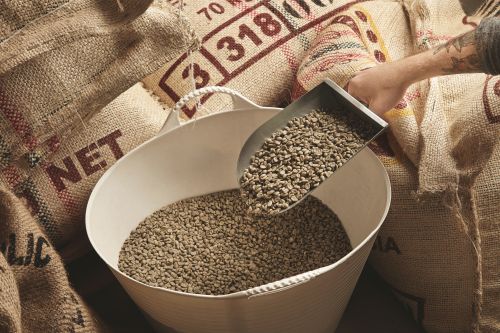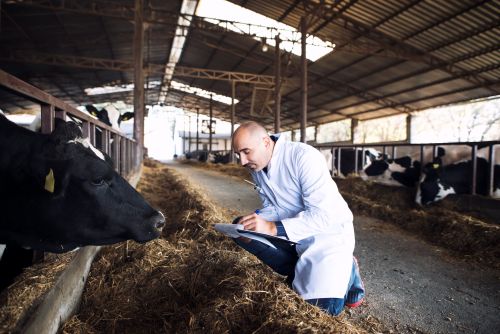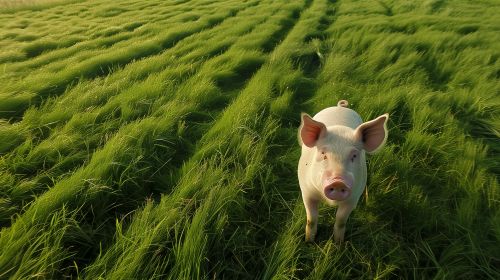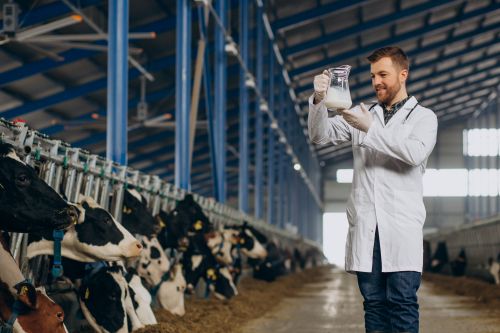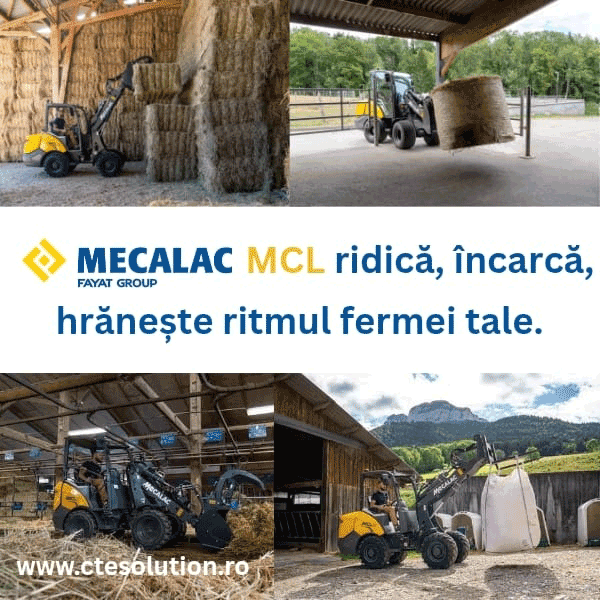703
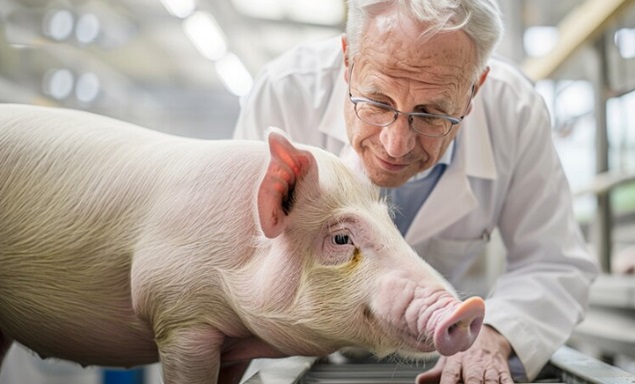
DDGS in Modern Animal Nutrition: Consistency as a Cornerstone of Efficiency and Sustainability
In the context of modern agriculture—driven by economic efficiency, sustainability, and nutritional precision—industrial by-products are playing an increasingly important role in feed formulations.
Among these, Distillers Dried Grains with Solubles (DDGS), a co-product of the bioethanol industry, stand out due to their high nutritional value for both monogastric and ruminant animals. However, the key to successful integration lies in an often underestimated trait: compositional consistency.
Consistency: A Game-Changer in DDGS Utilization
According to a recent analysis published in AllAboutFeed, the nutritional variability of DDGS has significantly decreased in recent years thanks to technological advances in fermentation and drying processes.
- The coefficient of variation for crude protein content now averages around 11%, comparable to traditional protein sources such as soybean meal or rapeseed meal.
- When DDGS is sourced from a single production facility, compositional uniformity improves even further.
Why it matters: Inconsistent DDGS can lead to nutritional fluctuations across batches. For instance:
- A product averaging 32.5% crude protein (on a dry matter basis) with a standard deviation of 3.75% could result in 16% of batches falling below 28.8% protein.
- Reducing the standard deviation to 1.5% lowers variability to under 3 percentage points—essential for precision feeding and cost-effective formulations.
Practical Impacts of Compositional Consistency
- ✅ Higher Inclusion Rates: Reliable composition enables nutritionists to confidently increase DDGS inclusion without risking imbalances.
- ✅ Optimized Formulations: Reduced need for safety margins allows for more cost-efficient allocation of premium protein sources.
- ✅ Environmental Benefits: Precise nutrient intake improves digestibility and reduces nitrogen and phosphorus emissions, helping to mitigate soil and water pollution.
Beyond Protein: Nutritional Versatility
Modern DDGS also offer manageable variability in other key parameters:
- Energy content
- Insoluble fiber
- Residual fats
- Mineral profile
This makes DDGS a versatile ingredient suitable for swine, poultry, and ruminant diets alike.
Current Limitations and Industry Progress
Variability still exists, particularly when sourcing from multiple production plants using different technologies and grains. Factors such as grain type, oil extraction level, and mixing protocols can impact final composition.
However, growing industry interest in quality standardization and control has led to major improvements over the past decade. Today’s DDGS is far more predictable and nutritionally reliable, making it a strategic ingredient, not just a by-product.
Conclusion: From By-Product to Strategic Feed Ingredient
In an agricultural context increasingly dependent on data accuracy and high returns, the compositional consistency of DDGS is becoming a prerequisite for efficient feed formulation.
As highlighted in AllAboutFeed, promoting consistency not only boosts animal performance but also supports the overall sustainability of the agri-food chain.
Far from being a random by-product, standardized, well-characterized DDGS is now a cornerstone of precision livestock nutrition.
(Photo: Freepik)
